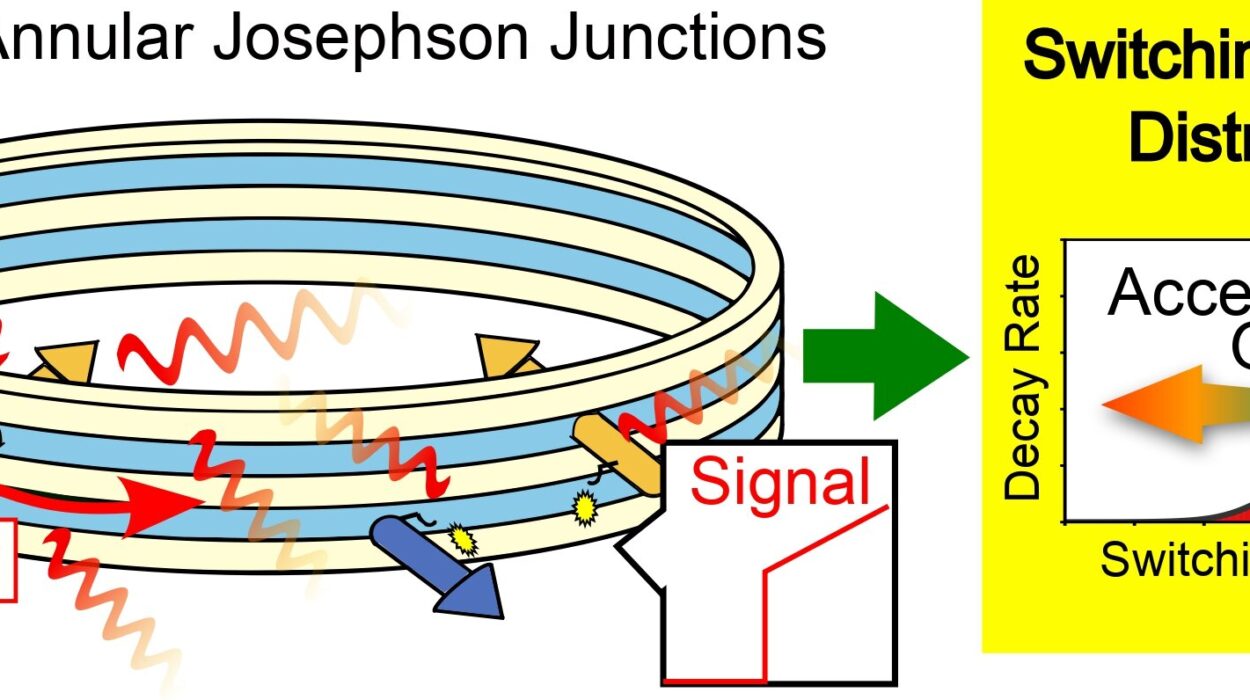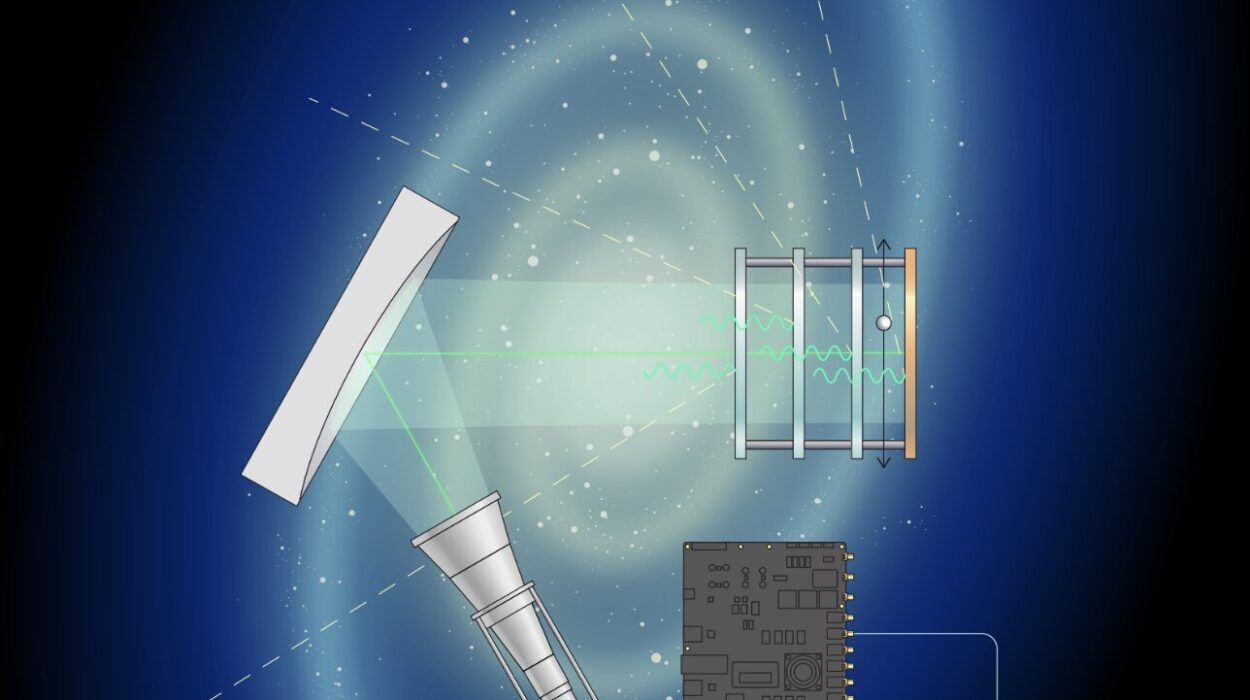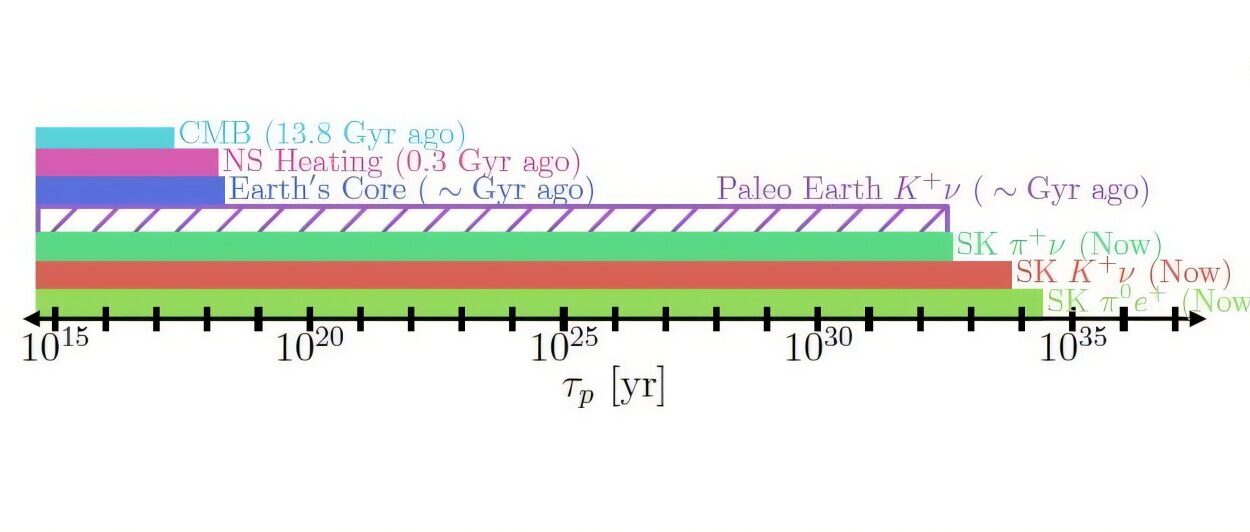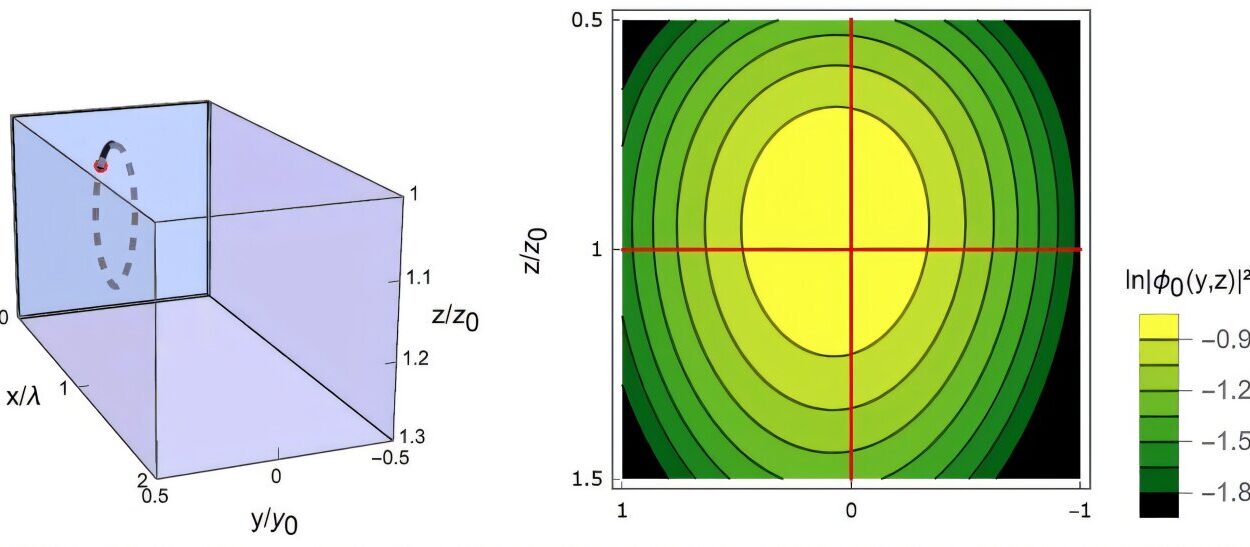In the ever-shifting terrain of quantum science, where reality folds and unfolds in unexpected ways, an ancient material is finding a stunning new purpose. Gold, long cherished for its luster and permanence, is now whispering the language of quantum information. But not in the form of coins or jewelry—this is gold reimagined at the nanoscale, forming clusters so small they defy everyday comprehension, and yet so powerful they might one day form the backbone of scalable quantum devices.
In laboratories at Penn State and Colorado State, a team of chemists has made a discovery that could steer the course of quantum technology in a bold new direction. They’ve shown that these tiny gold clusters—mere groups of atoms, protected and shaped by molecular guardians known as ligands—can mimic the delicate and prized spin properties of electrons in trapped atomic gases. These properties are foundational to quantum computing and sensing, and until now, they’ve belonged almost exclusively to systems too fragile or too limited in scale to build the future on.
Now, that might be changing. These golden clusters, surprisingly stable and scalable, are showing they can play the quantum game—and possibly win it.
Spin: The Hidden Compass of the Quantum World
To understand why this matters, it’s important to travel inward, into the atomic world, where electrons don’t simply exist but spin. This spin is not a physical twirl but a fundamental quantum property, akin to a tiny magnetic field embedded in every electron. Much like the Earth spins on its tilted axis, electrons spin in ways that can be aligned or opposed, tilted or polarized, creating systems of rich complexity.
What makes spin so fascinating—and so valuable—is its role in both chemistry and quantum computing. In traditional chemistry, electron spin influences bonding and reactions. In quantum technologies, spin becomes a tool for storing and transmitting information, operating as a quantum bit, or qubit, whose capacity for superposition (existing in multiple states at once) enables computers to perform calculations far beyond classical machines.
But manipulating spin with precision is hard. Holding that delicate alignment for more than fleeting moments is even harder. And building devices that do this on a useful scale? That’s been one of the great challenges of the quantum age.
The Delicate Art of Trapping Ions
So far, the most accurate systems for quantum computation and sensing have used trapped ions—atoms stripped of electrons, floating in carefully controlled gas chambers. These atoms can be coaxed into Rydberg states, rarefied conditions in which electrons are elevated to higher energy levels with exquisitely tuned spin properties. These states enable electrons to exist in quantum superpositions, meaning they can simultaneously represent different values until measured.
It is in these suspended states, balanced between being and not-being, that quantum computation gains its almost magical power. Yet the very conditions that make these systems so precise—low density, high control—make them difficult to scale. A trapped ion system is like a delicate dance in a vacuum; try to expand it, and the choreography begins to collapse.
Solid-state systems, in contrast, pack atoms together tightly, losing the airy freedom of gases but gaining practicality. Yet these condensed systems are far more sensitive to environmental noise, and that noise scrambles the spin alignments like static over a radio signal. The result: high error rates and fleeting coherence.
What if there were a third way? A path that married the best of both worlds—precision and scalability?
A Golden Revelation
That question led researchers to gold—not as a conductor or catalyst, but as a potential quantum scaffold.
Gold nanoclusters are a form of matter perched between the world of molecules and metals. They’re made up of precise numbers of gold atoms, shielded by ligands that control their stability and reactivity. These structures can be engineered with atomic-level precision, like custom-built molecules with metallic hearts.
When the Penn State team, led by chemist Ken Knappenberger, began probing the spin properties of these clusters, they discovered something extraordinary. These gold structures were behaving not like solid matter, but like super atoms—tiny ensembles that echo the behaviors of single atoms in a gas. Specifically, their electrons could enter Rydberg-like states, exhibiting strong, well-defined spin polarization.
Even more remarkable was what came next. The team found that they could actually tune the spin polarization by modifying the ligands that surround the gold core. One configuration yielded a 7% spin polarization, while another, more optimized arrangement approached 40%—a level competitive with some of the most promising quantum materials currently under investigation.
This wasn’t just a technical achievement. It was an invitation—to imagine a future where quantum systems don’t need to float in fragile gas chambers but can be built, molecule by molecule, from something as scalable and well-understood as gold clusters.
Chemistry Rewrites the Quantum Playbook
For decades, the quantum frontier has been largely dominated by physicists and materials scientists. But this discovery positions chemists at the very center of the field. The ability to synthesize gold clusters with precise atomic structures and customizable ligands gives chemists a new kind of control over quantum systems—one rooted not in machinery but in molecular architecture.
“We can now chemically design materials that have tunable quantum properties,” said Knappenberger. “That’s a completely new way of thinking about how to build quantum devices.”
This goes beyond passive observation. The ligands that surround the gold core don’t just protect the cluster; they actively influence its quantum behavior. Their vibrations and movements are intricately linked to the spins of the electrons within, offering a new lever of control that doesn’t exist in most traditional quantum systems.
It’s like tuning a violin—not just the strings, but the very wood it’s made from—to find the perfect harmony.
Quantum Memory in a Gold Core
Graduate student Nate Smith, a key contributor to the research, explained that spin polarization isn’t just a statistic—it’s the signature of how long and how well a quantum system can store information. When electrons are highly correlated—spinning in unison and in alignment with one another—the information encoded in their states remains coherent for longer periods. That’s the foundation of effective quantum memory.
The team identified 19 distinguishable, Rydberg-like spin-polarized states in their gold clusters. That number may sound small compared to classical memory systems, but in the quantum world, where each state can represent multiple values simultaneously, it’s enormous.
This means gold clusters can serve not just as stand-ins for atoms, but as platforms for encoding and manipulating quantum information in a robust, scalable way.
From the Lab to the World
Scalability is more than a technical requirement—it’s the bridge between laboratory breakthroughs and real-world technology. And here, gold clusters hold tremendous promise. They can be synthesized in relatively large quantities using standard chemical techniques. Their structure is controllable, reproducible, and tunable. They’re stable under ambient conditions and can potentially be integrated into a wide range of devices.
While much remains to be explored—including how different ligand structures affect spin behavior, or how these clusters interact with light and other quantum fields—the early results are tantalizing.
This is not a future of fragile, floating ions. This is a future that might be plated in gold.
A New Chapter in the Quantum Story
The implications of this research ripple far beyond the boundaries of chemistry. It represents a new synthesis—between disciplines, between scales, and between matter and information. Where once we imagined quantum computing as the domain of exotic physics, now we see the fingerprints of chemists crafting the materials that might make it real.
It is rare in science to find something so familiar—gold—becoming so revolutionary. But that is often how progress unfolds. Hidden within the known world are doors waiting to be opened, possibilities waiting to be seen.
And so, the story of quantum gold begins—not as alchemy, but as an elegant dance of electrons, spinning quietly in the dark, waiting to shape the light of tomorrow.
References: Juniper Foxley et al, Diverse Superatomic Magnetic and Spin Properties of Au144(SC8H9)60 Clusters, ACS Central Science (2025). DOI: 10.1021/acscentsci.5c00139
Nathanael L. Smith et al, The Influence of Passivating Ligand Identity on Au25(SR)18 Spin-Polarized Emission, The Journal of Physical Chemistry Letters (2025). DOI: 10.1021/acs.jpclett.5c00723






